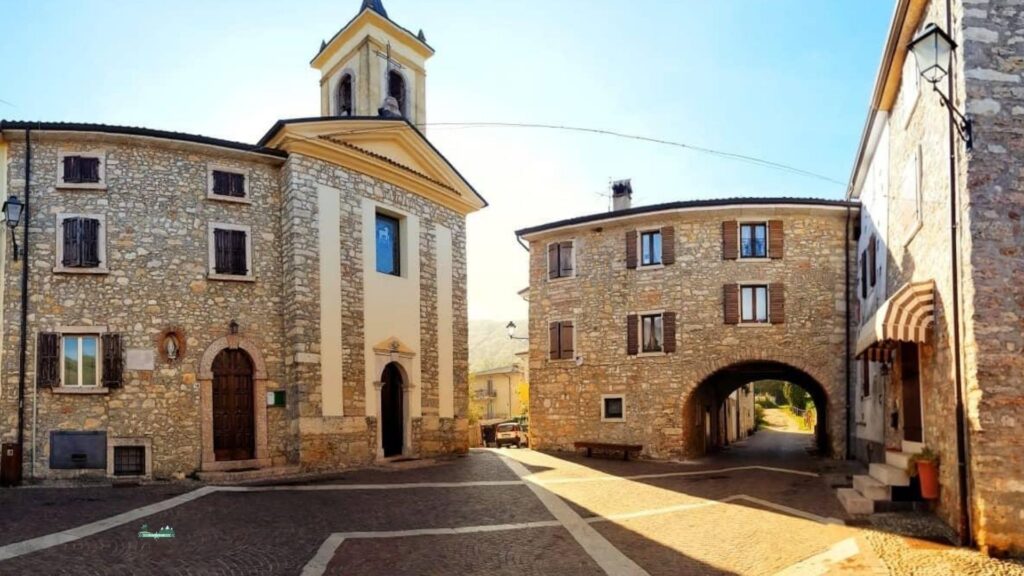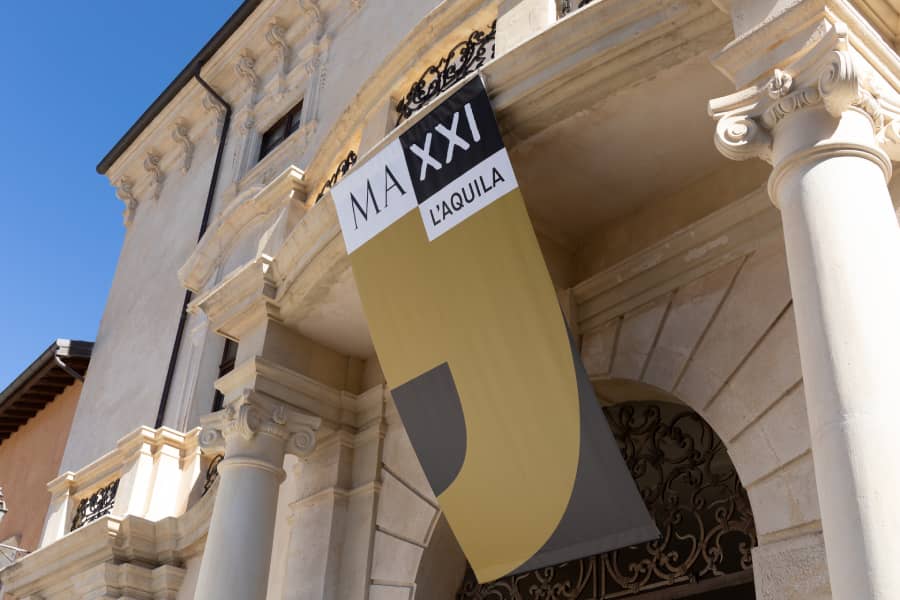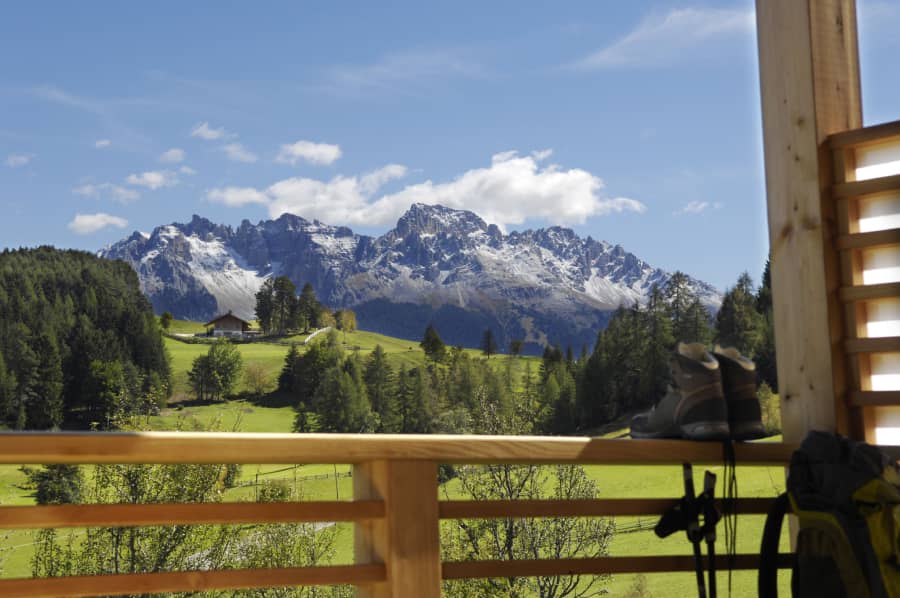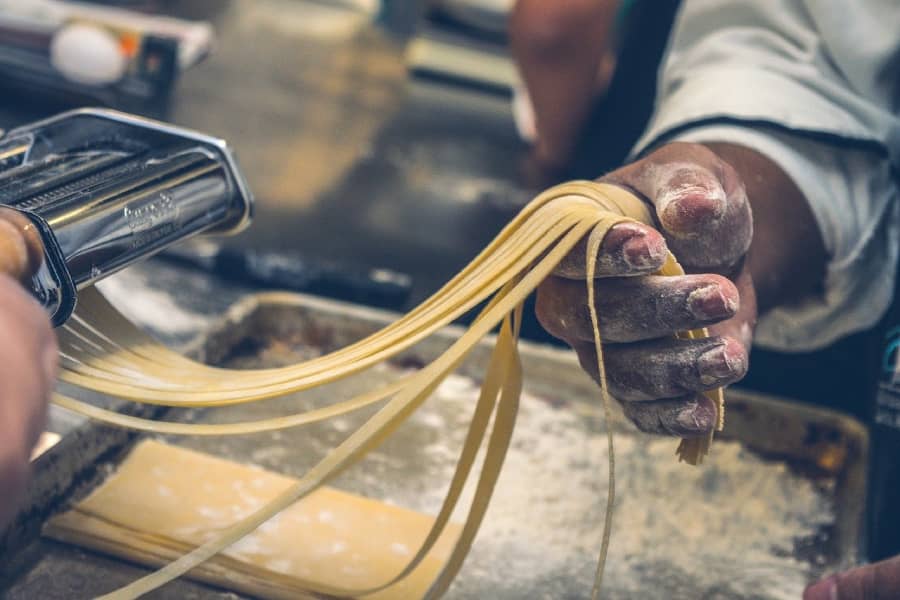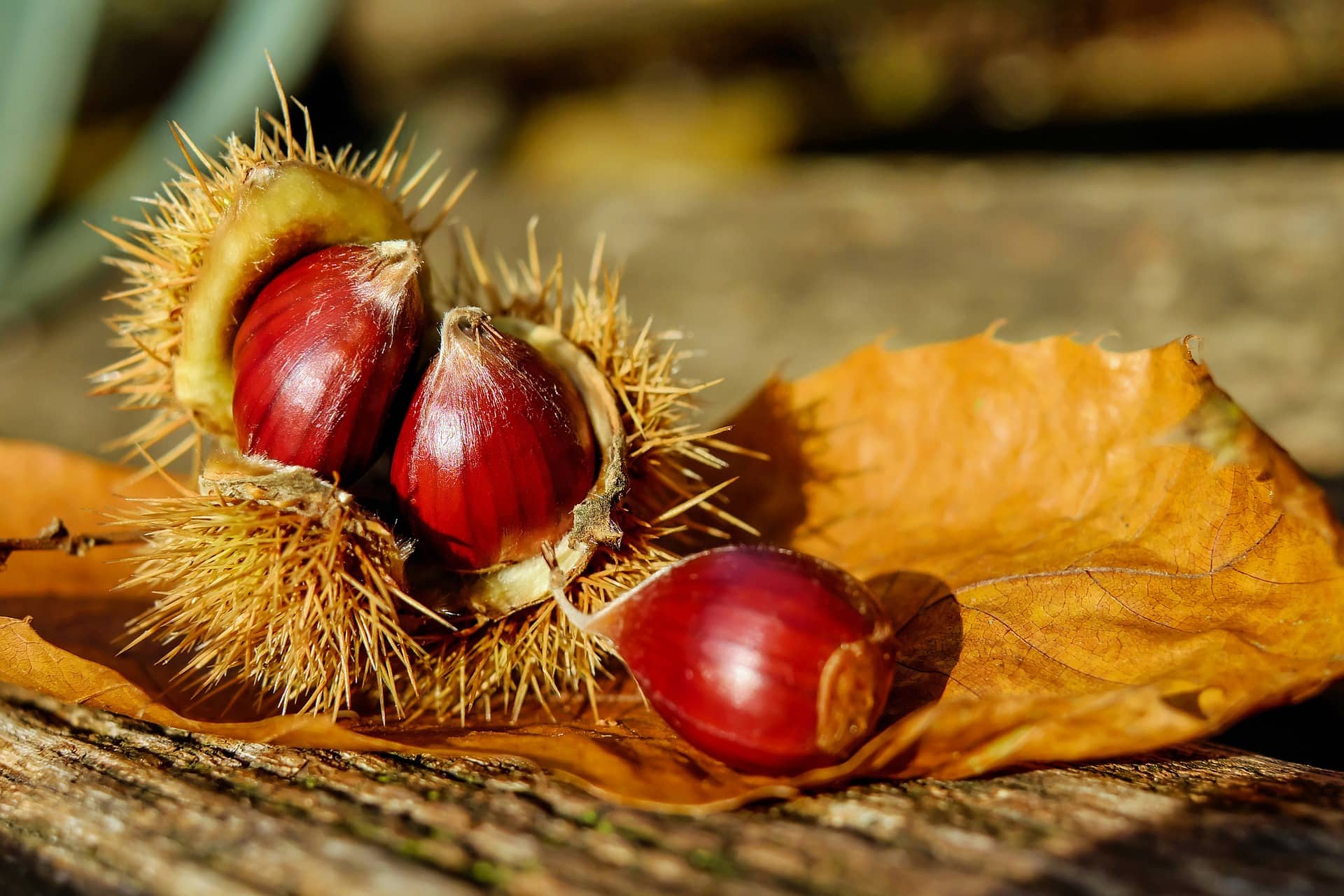
Le castagne di San Zeno di Montagna sono un prodotto a Denominazione di origine protetta e crescono nei boschi vicini al borgo affacciato sul lago di Garda
Table of Contents
Between the Adige and Garda, Mount Baldo rises, a pre-alpine outpost on the Po-Venetian plain. On its slopes grow olive trees, cedars, lemons and chestnuts. The latter, even centuries-old, have offered since time immemorial “their chestnuts, a delicacy for the palate, to the people of the lake so dear to Catullus”.
This is how the writer Jhoann Wolfgang Goethe described the treasure that is born in the woods of San Zeno di Montagna, a municipality located 680 meters above sea level on the west side of Mount Baldo a few kilometers from Verona, which every year, from 20 October to 5 November, dresses up to enhance, with an exhibition market, the Chestnut of San Zeno Dop
The village
Behind the small but delicious fruit, in fact, there is a story that has its roots in the Middle Ages, when the ancient village, today a charming tourist resort considered the “Balcony of Lake Garda” for the splendid panorama that can be admired from its terraces, was composed of fifteen districts immersed in a bucolic landscape.
Originally the agricultural courts were united under the name of Montagna di Monte Baldo, but this name was changed in 1860 to San Zeno di Montagna as a tribute to the Saint whose devotion is widespread in the Verona area.
The passage of time has not changed the rural soul of the town: the districts have preserved their medieval identity with stone farmhouses connected to each other by internal passages with arches above which the coats of arms of the owners still stand out.
Among these, the most famous is Ca’Montagna which takes its name from the oldest building: “La Ca ‘dei Montagna”. Built in the 13th century, the palace was enlarged and embellished with frescoes in the 15th century.
The last heir, Zeno Montagna, was struck by the plague of 1630 and upon his death the building passed from hand to hand until it reached the Castellani family from which the Municipality bought it in 1981 and then subjected it to restoration.
From the inhabited center there are numerous paths suitable for trekking and mountain biking enthusiasts that go towards Mount Baldo and the chestnut groves that surround the neighboring hamlets, such as that of Lumini whose name derives from the ancient habit of its inhabitants to light fires at night to keep the wolves that populated the area away from the houses.
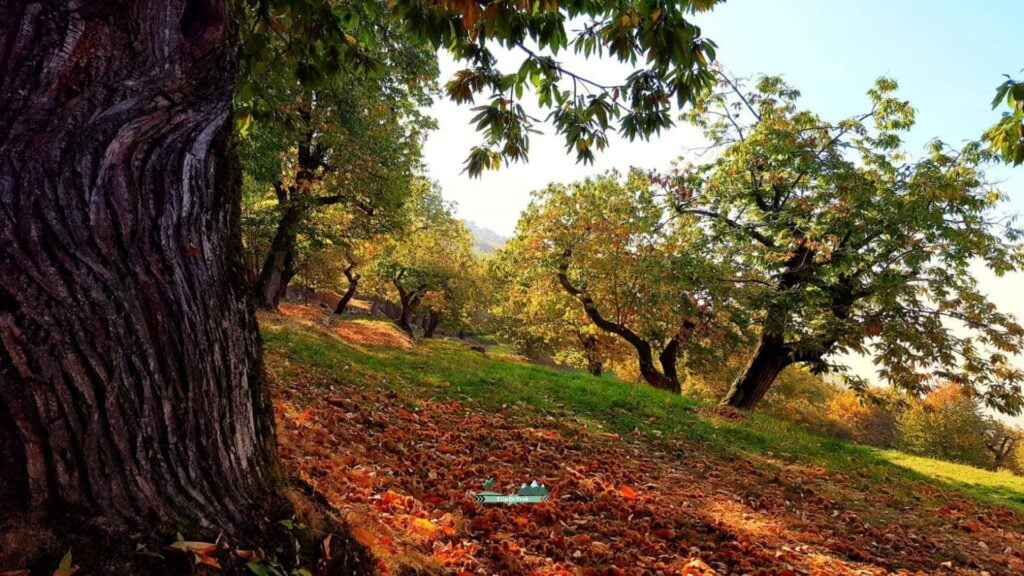
The chestnuts
The history of San Zeno di Montagna, in fact, can also be learned by walking in the woods where tall and majestic chestnut trees stand which, for centuries, have provided local people with quality fruits protected since 2003 by the protected designation of origin “Marrone di San Zeno” and by a consortium that brings together about forty members between producers and restaurateurs. In 2017, organic certification was added for 70% of the production.
The cultivation of chestnut in the area of Mount Baldo, in fact, dates back to 1285 and grew from the nineteenth century. It is an ancient art that has been handed down from generation to generation. Work begins in the summer with the pruning of excess suckers and cleaning the soil from empty hedgehogs that have fallen to the ground.
The first chestnuts are harvested on 29 September and, when the hedgehogs are ripe, the beating of the trees with bamboo poles begins to drop the fruits. Collected in baskets, the chestnuts are taken to “rissara” where they are stacked and left to ferment for fifteen days. Today, as in the past, the work of the chestnut maker is largely manual.
CHESTNUTS IN THE KITCHEN
The Marrone di San Zeno Dop stands out for its ellipsoidal shape, the thin, glossy, light brown skin with darker streaks, but above all for the sweet, mellow and full flavor that in the kitchen of restaurants such as the Taverna Kus is enhanced in dishes that are presented as the perfect union between the tradition of Lake Garda and that of Monte Baldo. All paired with Bardolino wine and Monte Veronese cheese.
Among the specialties to taste there are the chestnut soup and the Castanea beer, but for those who love simplicity there is nothing better than a bag of roasted chestnuts in the stands of the traditional Chestnut Festival.

Viaggio e racconto il tuo territorio scrivendo di turismo, marketing territoriale e storytelling nel mio blog TripOrTrek



